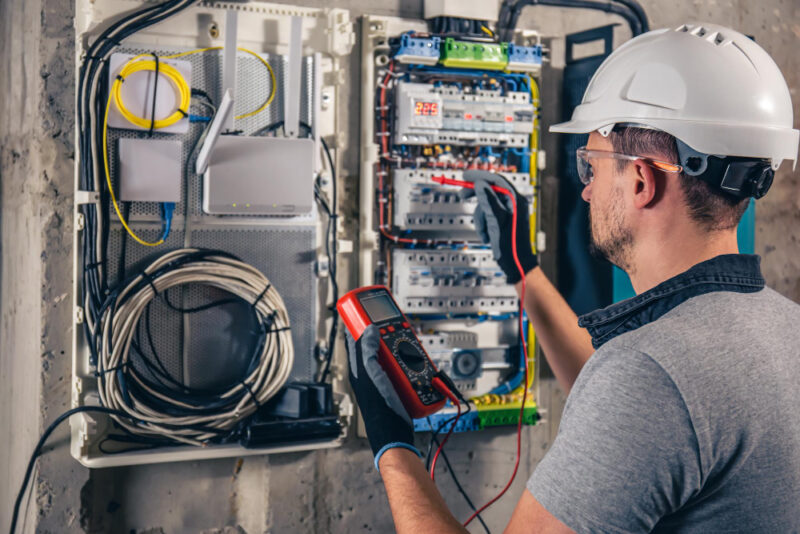As technology advances and the electrical demands of households increase, the need to rewire homes becomes a crucial consideration for homeowners. Whether you’re upgrading an aging system, enhancing safety measures, or accommodating new appliances and devices, rewiring your home is a project that brings numerous benefits. This comprehensive guide will walk you through the essentials of rewiring, helping you navigate this essential aspect of home maintenance and improvement.
Assess the Need for Rewiring
Before diving into the rewiring process, assess the current state of your home’s electrical system. Signs that may indicate the need for rewiring include frequently tripped circuit breakers, flickering lights, outdated wiring, or the absence of grounded outlets. A professional electrician can conduct a thorough assessment to determine the scope of the rewiring project.
Plan and Budget
Create a detailed plan outlining the areas of your home that require rewiring. Prioritize rooms or sections with the heaviest electrical load, such as kitchens and home offices. Establish a realistic budget that considers the cost of materials from an online electrical store, labor, and any potential unforeseen issues that may arise during the rewiring process.
Hire a Licensed Electrician
Rewiring your home is not a DIY project. It requires specialized knowledge and expertise to ensure the safety and compliance of the electrical system. Hire a licensed and experienced electrician who can assess your home’s specific needs, provide professional advice, and execute the rewiring with precision. A licensed electrician will also ensure that the work meets local building codes and safety standards.
Update Electrical Panels
If your home has an outdated electrical panel, upgrading to a modern, higher-capacity panel might be necessary. This is especially important if you are adding new appliances or expanding the electrical load in your home. A modern electrical panel can accommodate increased power demands and enhance the overall safety of your electrical system.
Consider Smart Home Integration
As you rewire your home, consider incorporating smart home features. Smart switches, outlets, and thermostats add convenience and contribute to energy efficiency. Smart home integration allows you to remotely control and monitor your home’s electrical components, enhancing both security and energy management.
Minimize Disruption
Rewiring your home can be a substantial project, and minimizing disruption is crucial, especially if you plan to stay in your home during the process. Work closely with your electrician to establish a schedule that accommodates your daily routine and ensures the least disruption possible. Clear communication and a well-coordinated plan can streamline the rewiring process.
Prioritize Safety Inspections
After the rewiring is complete, schedule safety inspections to verify that the work meets all local codes and regulations. This final step ensures that your home’s electrical system is modern and efficient and adheres to the highest safety standards.
Conclusion
Rewiring your home is a significant undertaking that involves careful planning, professional expertise, and a commitment to safety. By assessing the need for rewiring, hiring a licensed electrician, choosing the right materials, and incorporating modern upgrades, you can enhance the functionality, safety, and efficiency of your home’s electrical infrastructure. Whether you’re preparing for future technological advancements or addressing current safety concerns, rewiring is an investment in the longevity and resilience of your home.










